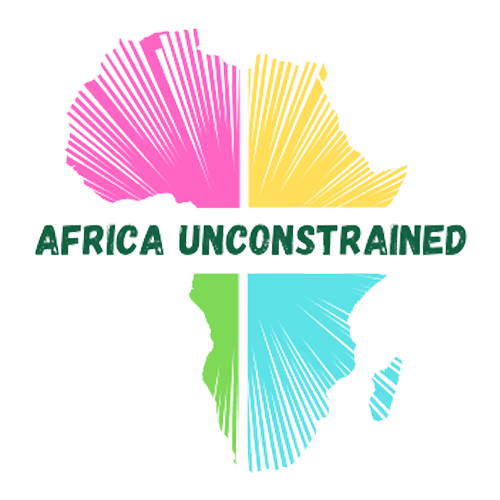
数据










吉布提的经济在1990年代苦苦挣扎,由于干旱和内战,在1991年至1999年期间,平均总体出现了负增长。然而,该国被认为没有沉重债务,因此没有资格参加重债穷国倡议。也没有公开提到同期中国减免债务。
吉布提的公共债务在整个2000年代一直保持低迷,因为该国的脆弱性意味着全球债权人不愿向其扩大债务。
然而,自2013年以来,外债增长迅速,2017年达到GDP的122%的峰值,而一般政府债务仅为48%。这些数字之间的差异表明私营部门和表外国有企业参与了外部融资的基础设施项目。
5.5%
经济增长
1 / 8
DR的债务透明度指数
40.3%
Gross Debt Position % Of GDP
-14.6%
Budget balance 2021
吉布提
债务与国内生产总值之比
Since the 2010s, Djibouti has seen an economic boom due to heavy infrastructure investment as well as rising trade flows, with annual GDP growth averaging 7.1% from 2015 to 2019.[1] There has been a considerable increase in government spending on major construction projects, including a railway line and enhanced port activities in line with Djibouti’s attempts to leverage its strategic position in the Horn of Africa. With most infrastructure in the hands of state-owned enterprises, the country has had to accumulate substantial debt to finance these projects: as of 2018, the public debt to GDP ratio stood at 104%.
Djibouti’s fiscal deficit peaked at 15.4% of GDP in 2015 due to capital expenditure on the two aforementioned large-scale projects, subsequently declining to 0.8% of GDP in 2019 as these projects approached completion. The two projects in question are: (i) a railway network between Djibouti and Addis Ababa to improve trade links (see below) and (ii) five new or expanded ports. This decline in expenditure outweighed the corresponding fall in government revenue attributed to tax exemptions for key activities, including free trade zones. Meanwhile, total debt service as a share of GNI has more than tripled since 2015 to 21.4% by 2019 because LIBOR-indexed interest rates associated with Djibouti’s loan portfolio rose in the late 2010s. Ultimately, in 2019, the IMF assessed Djibouti’s debt situation as being sustainable: despite growing debt, key loans had been restructured, reducing pressure on national debt servicing capacity.
Djibouti scored the joint lowest in this reports’ Debt Transparency Index, with a score of 1, which was awarded for Djibouti’s functioning Debt Management Office, which has previously received EU funding and training. However, in all other aspects of debt transparency, Djibouti scored zero.
吉布提
收入与预算余额

No Data Found
China is Djibouti’s largest creditor, with Chinese credit accounting for 58% of the country’s total external debt stock. Equally, 58% of Djibouti’s debt servicing costs are paid to China. Djibouti has used Chinese loans to finance a $3.5 billion free trade zone, expected to be the biggest in the continent, in addition to constructing a railway, two airports and a pipeline. While these projects will no doubt generate new economic growth, some other creditors have expressed concern that Djibouti is too exposed to Chinese debt, which may leave it vulnerable and unable to access financing from them Indeed, whilst the country previously sought financing from the U.A.E., Saudi Arabia, Kuwait, Europe, and Turkey it is no longer the case today.

中国债务与GDP之比
对中国的外债存量vs. 对其他国家 百万美元
No Data Found
The IMF considers Djibouti’s debt to be sustainable under the baseline scenario, but with a high risk of debt distress given any further economic shock, as their ability to service debt could be substantially weakened. Similarly, the Jubilee debt campaign predict a debt crisis in 2020. The IMF and Jubilee believe that debt vulnerability has grown because of a too heavy focus on big investment projects in a few sub-sectors at the expense of holistic efforts to improve factor productivity, debt management and domestic resource mobilization. Multilateral organisations believe this is reinforced by structural challenges in governance.
Nevertheless, these large investment projects are a source of growth, albeit vulnerable to external shocks. The small Djiboutian economy is heavily dependent on port operations: the manufacturing and service sectors revolve almost entirely around the port’s activities, accounting for more than 80% of GDP. Over 80% of the port’s operations in turn involves Ethiopian trade: Ethiopia is Djibouti’s largest trading partner, and as a landlocked nation, relies on access to the Port of Djibouti to transport its goods. Djibouti’s foreign exchange earnings are likely to fall due to lower demand for Ethiopian exports in 2020 on the back of weak global demand and supply chain disruptions. As a result, Djibouti’s heavy reliance on foreign exchange creates potential vulnerabilities in servicing its debt.
外债
No Data Found

No Data Found
Acknowledgements:
and The Development Reimagined Team
Statement on use of data:
55%
Listening Music
47%
Reading
36%
Gardening
25%
Sleeping


60%
Watching Tv
19%
Meditation




COVID-19
No Data Found


